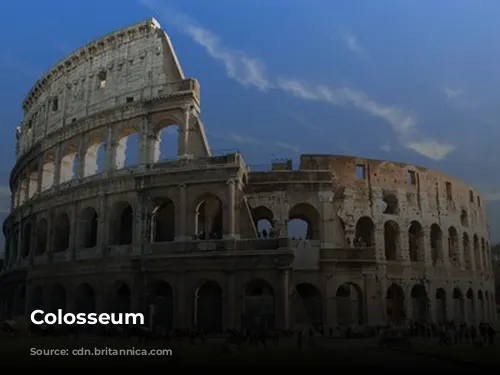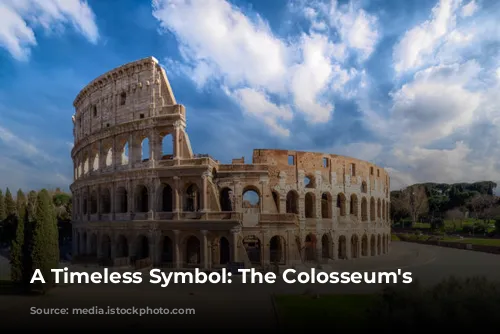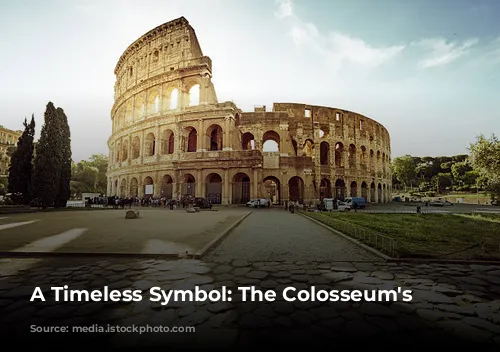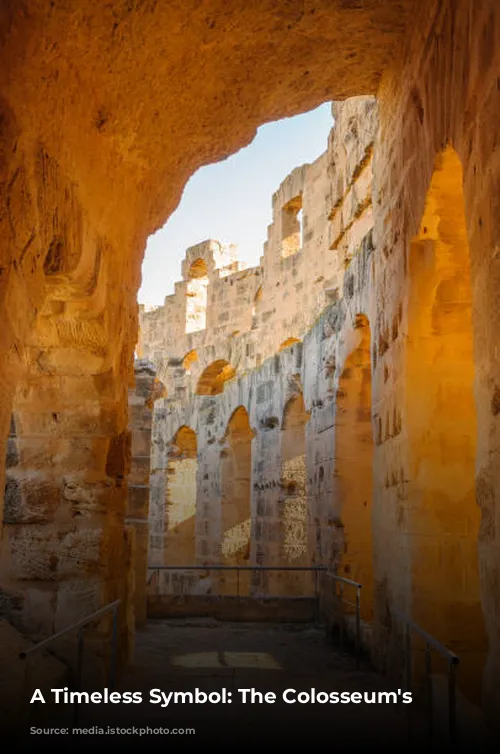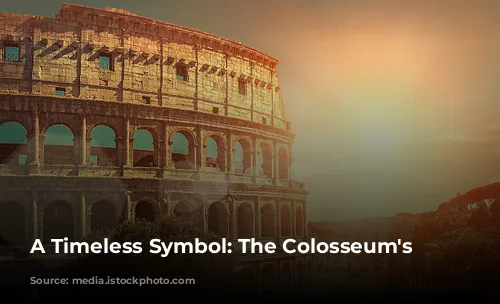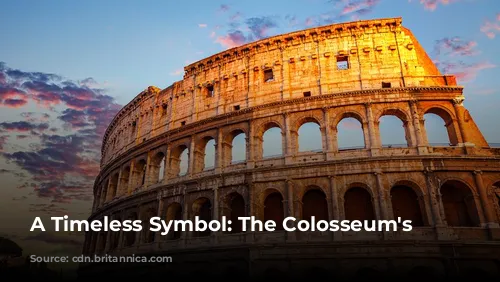The Colosseum, a remarkable survivor from the Roman Empire, stands as a testament to ancient Rome’s architectural brilliance and engineering prowess. Beyond its historical significance, the Colosseum is a major driver of tourism revenue for Italy. In 2018, the Colosseum, the Roman Forum, and the Palatine Hill collectively generated over $63.3 million (€53.8 million), making it the most popular tourist attraction in Italy.
A Monumental History
The Colosseum’s history is a captivating story of both glory and decay. After the fall of the Western Roman Empire, the Colosseum fell into disrepair. The Frangipane and Annibaldi families, powerful Roman families, repurposed the arena as a fortress during the 12th century. In the late 15th century, Pope Alexander VI allowed the Colosseum to be used as a quarry. After centuries of neglect, state-funded restoration efforts began in the 1990s.
From Games to Glory: The Colosseum’s Purpose
The Colosseum’s construction was part of an imperial project to rejuvenate Rome following the turbulent “Year of the Four Emperors” in 69 CE. Like other amphitheatres, Emperor Vespasian intended the Colosseum to be a grand entertainment venue, hosting spectacular events like gladiatorial contests, animal hunts, and even mock naval battles.
A Grand Construction: The Colosseum’s Architectural Marvel
Construction of the Colosseum commenced under Emperor Vespasian between 70 and 72 CE. The completed structure was dedicated in 80 CE by Titus, Vespasian’s son and successor. Emperor Domitian added the Colosseum’s fourth story in 82 CE. Notably, the arena’s funding came from the spoils of Titus’s conquest of Jerusalem in 70 CE, and it was built by enslaved Jews from Judea.
The Colosseum is an amphitheatre built in Rome under the Flavian emperors of the Roman Empire. It is also called the Flavian Amphitheatre. It is an elliptical structure made of stone, concrete, and tuff, rising four stories tall. It measures 620 by 513 feet (189 by 156 metres) and could hold up to 50,000 spectators. The Colosseum was famously used for gladiatorial combat.
A Symbol of Imperial Power: The Colosseum’s Location
The Colosseum’s location was both strategic and symbolic. It was built just east of the Palatine Hill, on the site of Nero’s Golden House. The artificial lake that was the centerpiece of Nero’s palace complex was drained, and the Colosseum was built there. This decision was as much a statement of power as it was a practical choice. Vespasian, whose rise to power began humbly, chose to replace the tyrannical emperor’s private lake with a public amphitheatre for the enjoyment of tens of thousands of Romans.
An Architectural Masterpiece: The Colosseum’s Design
Unlike earlier amphitheatres, which were often built into hillsides for support, the Colosseum stands as a freestanding structure. It is a marvel of engineering, constructed using a complex system of barrel vaults and groin vaults. The Colosseum measures 620 by 513 feet (189 by 156 meters). The arena’s three lower stories feature arcades framed by engaged columns in the Doric, Ionic, and Corinthian orders, a design that influenced Renaissance architecture. The structure’s primary framework and façade are made of travertine, the secondary walls are volcanic tufa, and the inner bowl and arcade vaults are concrete.
A Spectacle for the Masses: The Colosseum’s Features
The amphitheatre could seat approximately 50,000 spectators, shielded from the sun by a massive retractable awning called a velarium. Supporting masts extended from corbels built into the Colosseum’s upper story, and hundreds of Roman sailors were needed to manage the rigging that extended and retracted the velarium. The Colosseum witnessed thousands of gladiatorial combats, contests between men and animals, and even mock naval battles. The Colosseum’s role in the martyrdom of early Christians is uncertain.
A Legacy of Resilience: The Colosseum’s Restoration
During medieval times, the Colosseum served as a church, then as a fortress for prominent Roman families, the Frangipane and the Annibaldi. The Colosseum suffered damage from lightning, earthquakes, vandalism, and pollution. Over a thousand years of neglect saw the removal of marble seats and decorative materials as the site was treated as a quarry. Preservation efforts began in earnest in the 19th century, with notable contributions from Pope Pius VIII, and a major restoration project was undertaken in the 1990s. The Colosseum remains one of Rome’s most popular tourist attractions, welcoming nearly seven million visitors annually. Regular exhibitions exploring ancient Roman culture are held at the Colosseum.
The Colosseum stands as a powerful symbol of ancient Rome’s grandeur, resilience, and enduring influence on the world. Its story is one of power, entertainment, decay, and ultimately, restoration, leaving visitors with a sense of awe and wonder for this architectural masterpiece that has stood the test of time.


